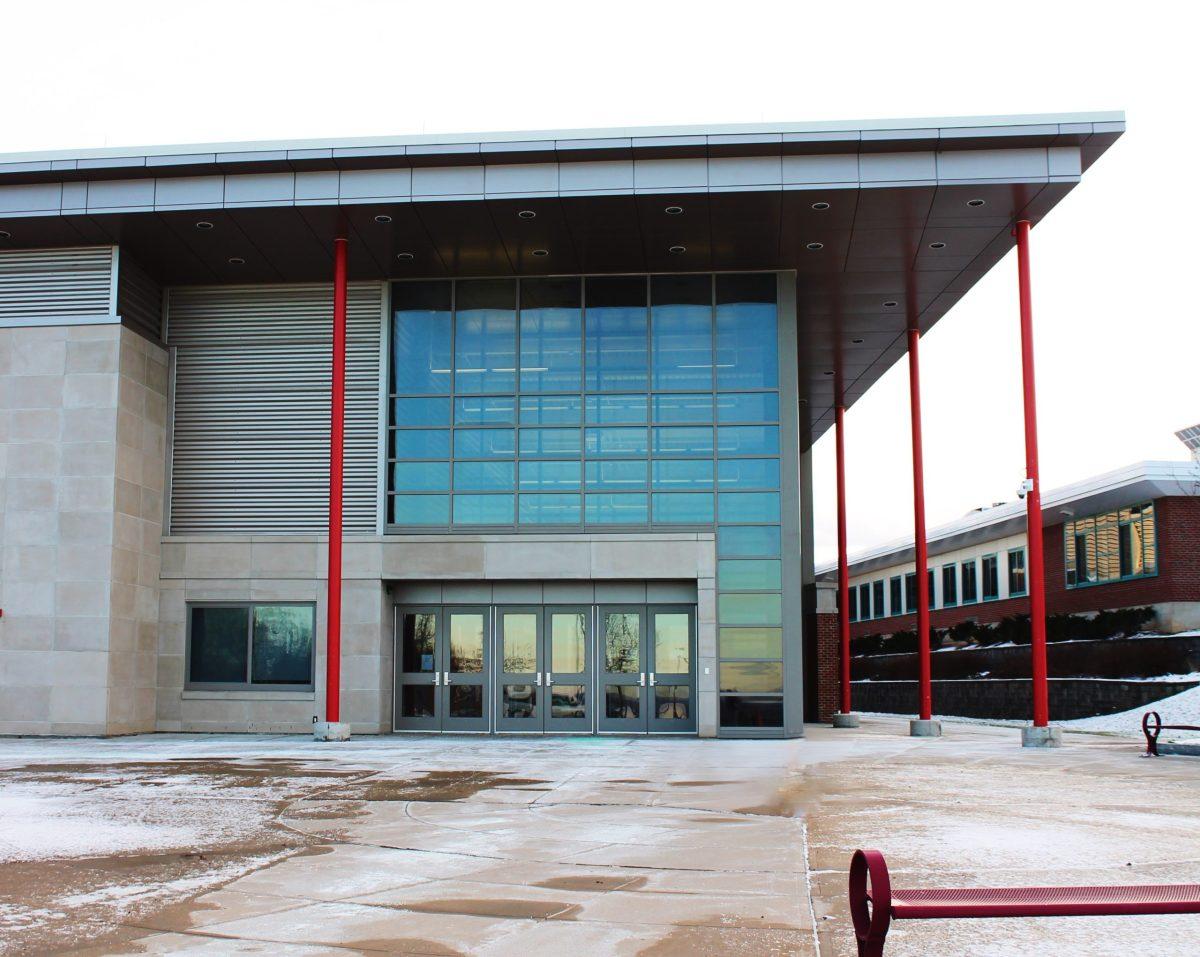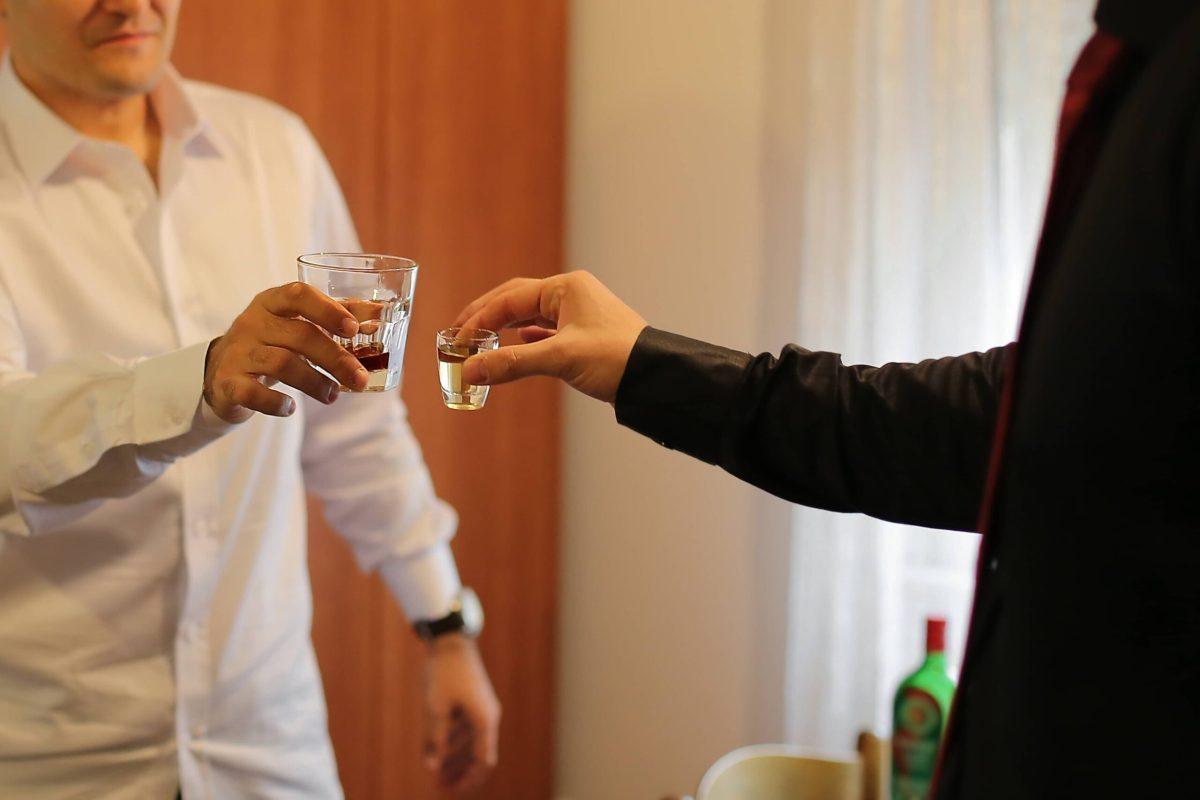The FitnessGram PACER Test is a multistage aerobic capacity test that progressively gets more difficult as it continues. You felt that, didn’t you? J-D students look back with horror on activities such as the PACER Test, the push-up and curl-up tests, the sit-and-reach test, and the swimming unit.
Proof is mounting that physical education class — P.E. — is not needed, takes away from possible learning time, and demeans students. P.E. fails at its one main goal: to get non-athletes to engage in physical activity so they may find a sport they enjoy. When made mandatory, as it is at J-D, the class has also been found to increase levels of disciplinary actions taken against students.
The first main issue with P.E. is that it’s taught incorrectly in much of the United States. Dodgeball, although it may be fun, does not encourage lifelong physical activity. P.E. isn’t absolutely useless, but it is if the focus of the class is playing ball sports, scooter games, and measuring students up to other students. An ideal P.E. curriculum would not only get kids active, but it would also teach them how to eat properly, how to craft a workout routine, or how your body responds to exercise. Perhaps if P.E. classes took a more holistic approach to the well-being of the body, rather than athletic competition, it would do a better job of enriching the mind and supplementing academic classes.
In New York State, the only P.E. requirement is that some form of physical education is required for every semester a student is enrolled in high school. As such, schools have the flexibility to structure their P.E. classes in different ways. This is good and bad. It means J-D could change their approach for the better with no repercussions, but it also means that other schools could have P.E. classes that make students feel inadequate.
Rather than actually convincing students to try new sports, an Iowa State University study found that adults with negative memories of P.E. class — being picked last on teams or being bullied — were less likely to participate in physical activity as an adult. This could just be because those who dislike physical activity were more likely to have negative opinions of P.E., but it could also be indicative of a trend of bullying in gym classes across the country and its detrimental impact on mental and even physical health.
In late 2018 and early 2019, researchers analyzed data from a massive Texas P.E. initiative called Fitness Now. This program, implemented particularly in low-income areas, required at least 30 minutes of physical education daily. Participating schools received $10,000 grants to improve their P.E. programs. However, the program instead resulted in a 16% uptick in the number of disciplinary actions of each student, and the percentage of students at participating schools that received disciplinary action increased by 7%. The researchers suggested this may be because students would rather skip class than do the required P.E. activities. A federal survey found that only 24% of children aged 6-17 exercise for at least 60 minutes per day, which is the recommended amount. According to a study from 2006, high school students got an average of 16 minutes of exercise during a one-hour P.E. class, which could largely be due to excessive amounts of time picking teams, setting up activities, and explaining games.
The constant bullying and harassment of students deemed “unathletic” or “nerdy” is exacerbated in P.E. 34% of participants in the Iowa State study reported feeling embarrassed in P.E. as a kid. While many of the elimination games have been replaced in P.E. classes, banning dodgeball (a fun game, in my opinion) is not the right response. The root cause is the social values developed especially by middle school students of athleticism and macho, unemotional attitudes. The aforementioned “nerdy” kids are often screamed at by the popular crowd for simply dropping a basketball or missing a pass in ultimate frisbee. Not only is this uncalled for, but it should be addressed and punished by P.E. teachers, who many have accused of having favoritism toward athletes.
According to Panteleimon Ekkekakis, the senior author of the study, “The most surprising thing about our research was the vividness of (memories and the) emotional impact. This tells us these were transformative experiences.”
An institutional issue with P.E. is its lack of funding. The median funding in the U.S. for physical education programs is just $764 per school, per year. When you look at J-D’s over $50 million budget, that puts it into perspective. Currently, P.E. programs across the nation lack the money to buy critical equipment such as jump ropes, fitness equipment, balls, bases, hurdles, and mats. Not to mention, more P.E. funding could lead to lower healthcare costs, so it could be worth it in the long run for taxpayers to lobby for increased P.E. funding.
The final issue — and my main issue personally — with P.E. is that it is a waste of my time in an amazing high school with great learning opportunities I want to take advantage of. It is not a waste of time in and of itself, but the way it is taught currently, I could spend my time better. Don’t get me wrong, I enjoy the physical activity, but I do not truly learn anything. I run cross country and indoor track, play tennis, and work out at the gym several times a week, but this apparently is not good enough for New York State. I genuinely want to learn and take electives that are of interest to me, but P.E. gets in the way of a possible elective spot such as practical law or European history. Indeed, according to star runner Alex Martinez (’23), “I’d rather do sports than gym class.”
Building on the idea that P.E. takes away valuable time from other potential classes, the P.E. grading scale is pretty harsh at J-D. If a student does what is asked of them in P.E., participates with full effort, and has a good attitude, they should get a 100, no questions asked. Instead, many J-D P.E. teachers inexplicably give 95 averages as their standard. While your P.E. marking period average is not included in your overall GPA, this is still a disappointing grading system for J-D students. According to P.E. teacher Emily Rowles, “I grade as high as I can unless there is observable lack of effort or a student misses some/all parts of class for one reason or another. I only give 100s to students who meet every single criterion in class with the fullest range of motion possible at all times — this is rare, but I give 100 if a student’s observable efforts warrant it. I can’t speak to how other teachers grade.”
P.E. is a great way to allow students that lead sedentary lives to try new physical activities, but if a kid does consistent physical activity outside of school, P.E. should not be a requirement. J-D’s high school P.E. curriculum actually isn’t that bad, as the choice of category (fitness, racket sports, team sports, nontraditional sports) actually allows students to pursue a specific area of physical activity they may be interested in. Additionally, I genuinely like all of the J-DHS P.E. teachers, and I believe they are doing what is best for kids in our district. I just do not believe the same can be said for other P.E. teachers in certain places. Many schools’ programs fail because they force all students into one activity, such as kickball or running the track, which they may resent, but J-DHS’s program is actually a refreshing change from middle school.
Yes, J-D’s middle school program, unlike the high school’s, is really bad. Middle school is arguably the most awkward period in a young person’s life, and P.E., especially the swimming unit, did not help my self-image. Junior Sean Rigdon agrees. “In general I am in support of having a gym class. It is a good opportunity for students to exercise, especially for those who don’t participate in after-school sports. It is also a good social opportunity. However, in middle school, the curriculum doesn’t teach students really anything like the high school does, so not everybody can gain anything from it. Some students feel awkward or embarrassed in that class because their physical abilities are being displayed against their peers, and considering students are growing and learning about their new bodies, they tend to be awkward. The swimming unit is an interesting opportunity because there are not many middle schools with a pool, but students may feel uncomfortable in the minimal clothing and getting in the water in general, and as a diver for the varsity team, I know that you can’t get much done in 45 minutes so the students tend to leave feeling unproductive and wet. Gym class is an opportunity like no other but its usefulness for most middle schoolers is minimal.”
According to junior Blaise Anthis, “I think that some students can definitely benefit from physical education. Physical education may give students the opportunity to exercise during the school day. As a result, students who don’t exercise a lot benefit from a P.E. class. On the other hand, students like myself who already exercise outside of P.E. class may find that the class time is wasteful. For example, some students would rather sleep through a first period gym class, throw some finishing touches on their homework, or do some last-minute studying for a test rather than arrive at school by 7:45 a.m. to exercise. However, I think that physical education is very necessary for every student regardless of whether they exercise a lot or a little. I personally benefit from a P.E. class because it gives my brain the opportunity to switch gears and it takes my mind off of school. When I was in middle school, I already knew how to swim. Therefore, I found the swimming unit to be quite annoying and I’m sure others have thought the same way. All in all, I think that PE class is necessary but the swimming unit is a different story. Half of the battle is the fact that the unit typically takes place during the winter months. Even though the pool is indoors, I found the timing of the unit to be quite foolish and/or questionable.”
Additionally, the middle school curriculum is riddled with grueling tests such as the PACER, mile run, sit-and-reach, push-ups, curl-ups, etc. These tests are the epitome of the argument against P.E. curriculums across the country. Not only do they arbitrarily exacerbate social hierarchies based on the number of physical tasks one can perform in a row, but they also fail to encourage inactive students to get active, as they are not the fun activities that could entice them to live an active life.
It is possible to craft a better P.E. curriculum. A better curriculum would build upon teamwork, effective communication, strategy, focus, and coordination, while also dedicating some time to education on healthy eating, different forms of movement (not just team sports), and realistic tips on how one can exercise as an adult while doing something that interests them. Funding is certainly necessary for these changes to be made. Additionally, more creative play is needed and more time in each P.E. class should be dedicated to actually exercising.
As it is, I enjoy P.E. class but I believe that my time could be better spent somewhere else. Kids who play sports otherwise exercise regularly should be exempt from P.E. requirements, or, at least, the curriculum should be reformed to include less emphasis on competition and more actual education that will make kids excited to lead a healthy life, instead of leaving them dreading their next P.E. class. If done correctly, physical education can improve a child’s mental and emotional health, rather than deteriorate it.































